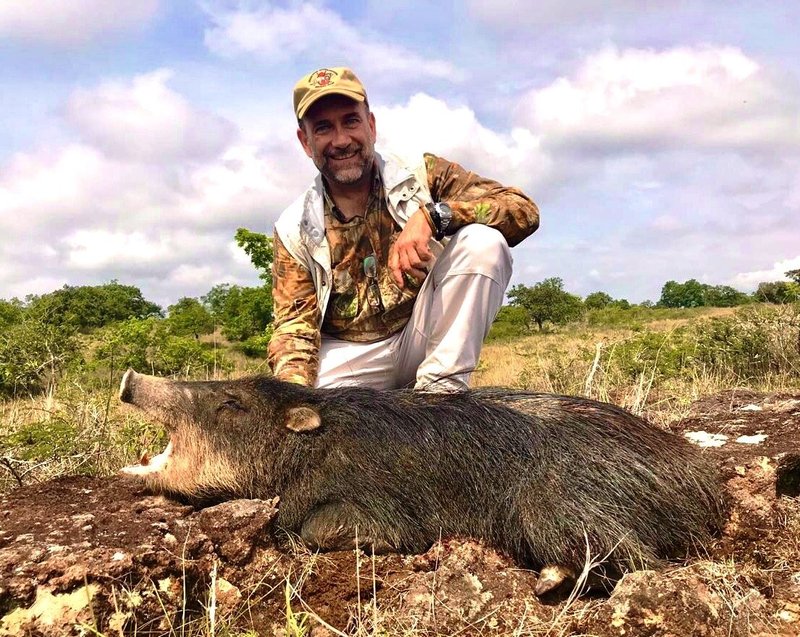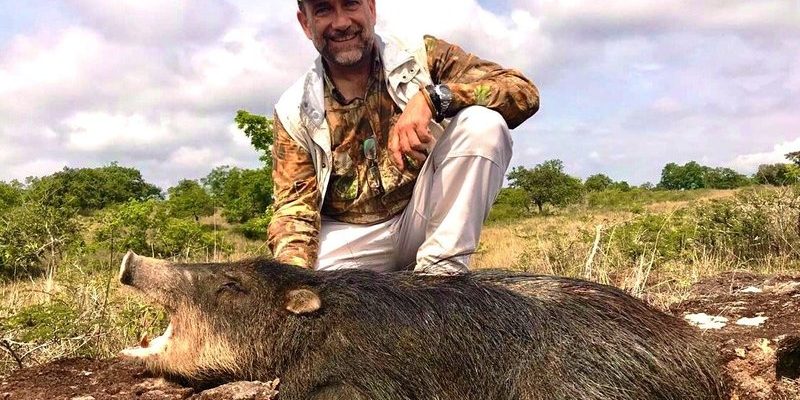
Peccaries, unlike their wild boar cousins, aren’t just about brute force—they’re clever, social creatures that use teamwork to find food. Their diet is diverse, consisting of fruits, nuts, and even a bit of meat when the opportunity arises. By understanding their hunting strategies and eating habits, we can appreciate how these animals play a crucial role in their ecosystems, like a team of expert foragers working in harmony with nature.
What Are Peccaries?
Peccaries are often mistaken for pigs, but they belong to a different family called Tayassuidae. These fascinating creatures come in three main species: the collared peccary, white-lipped peccary, and the Chacoan peccary. Each of these species has unique characteristics and habits, but they all share some common traits. They’re relatively small, typically standing about knee-high to an adult human, and they possess a stocky build.
The collared peccary, the most common, has a distinctive collar of white fur around its neck. This feature sets it apart and gives it its name. They’re social animals, often traveling in groups—sometimes as many as 20 individuals. This social structure not only helps with protection from predators but also aids in their foraging activities.
Peccaries are often found in dry forests, swamps, and grasslands across Central and South America. Their habitats allow them to utilize a variety of plants and seeds, showcasing their adaptability in different environments. This adaptability is crucial for understanding their diet and hunting strategies.
The Peccary Diet
So, what exactly do peccaries eat? Their diet is quite varied, making them opportunistic feeders. They primarily consume:
- Fruits: Peccaries love fruits like berries and nuts. These provide essential vitamins and sugars for energy.
- Roots and Tubers: They dig up roots and tubers from the ground, giving them access to carbohydrates and nutrients.
- Vegetation: Grasses and leaves are also on the menu, especially when fruits are scarce.
- Insects and Small Animals: While they are mostly herbivores, peccaries occasionally snack on insects or small animals, showcasing their omnivorous tendencies.
As you can see, peccaries aren’t picky eaters. They adapt their diet based on what’s available in their surroundings. By feeding on fruits and nuts, they also play a vital role in their ecosystem by dispersing seeds, which helps maintain forest health. Think of them as miniature gardeners, nurturing the plants around them just by doing what they do best—eating.
Hunting Strategies of Peccaries
While peccaries are generally foragers rather than hunters in the traditional sense, they do have strategies for obtaining food that are worth noting. Their social behavior plays a significant role in how they find their meals. Here’s the lowdown on their tactics:
- Group Foraging: Peccaries often go out in groups when searching for food. This teamwork allows them to cover more ground and find food sources more efficiently.
- Vocal Communication: They use a variety of sounds to communicate with each other, alerting the group to potential food sources or danger. This is crucial in dense forests where visibility might be low.
- Rooting and Digging: When searching for roots or tubers, peccaries will root around aggressively, using their snouts to dig into the ground. This behavior can even help aerate the soil—another eco-friendly bonus!
Their group dynamics and communication skills show just how intelligent these animals are. They’ve adapted to their environment, using strategy and collaboration to maximize their chances of finding food. It’s a reminder that survival often requires a little teamwork.
Seasonal Diet Changes
Peccaries are quite adaptable, and that adaptability extends to their diet based on the seasons. During the wet season, for example, they have a bounty of fruits and vegetables available, while during the dry season, their options might reduce significantly.
During the dry months, when food is scarce, peccaries might resort to eating tougher plants or digging deeper for roots. This seasonal shift speaks volumes about their survival skills. They know that when the going gets tough, they need to be flexible.
This adaptability isn’t just for their benefit; it also impacts the ecosystem. By eating different plants based on the season, peccaries help regulate plant populations and ensure the health of their habitat.
Peccaries and Their Role in the Ecosystem
Peccaries hold an essential place in their ecosystems. As seed dispersers, they help propagate various plant species. When they consume fruits and later excrete the seeds, they contribute significantly to forest regeneration. It’s like they’re planting trees with every bite!
Moreover, their rooting behavior helps turn the soil, making it easier for other plants to thrive. They create microhabitats that benefit insects and other small creatures as well. This chain reaction is a perfect example of how one species can influence its environment.
You might be wondering if peccaries have any natural predators. While they can be prey for larger carnivores like jaguars or pumas, their social behavior helps them protect each other. They often watch out for one another, using alarm calls to warn the group of danger.
Peccaries are more than just adorable wild pigs; they’re essential players in their ecosystems with fascinating diets and intelligent hunting strategies. Their diverse eating habits and group dynamics not only ensure their survival but also contribute to the health of the forests they call home.
Understanding the peccary’s role in its habitat gives us a greater appreciation for these creatures. The next time you think about wild pigs, remember the clever peccaries and how their foraging helps sustain the environment. It’s a beautiful reminder of nature’s intricate web, where each species plays a part in the grand scheme of life.

